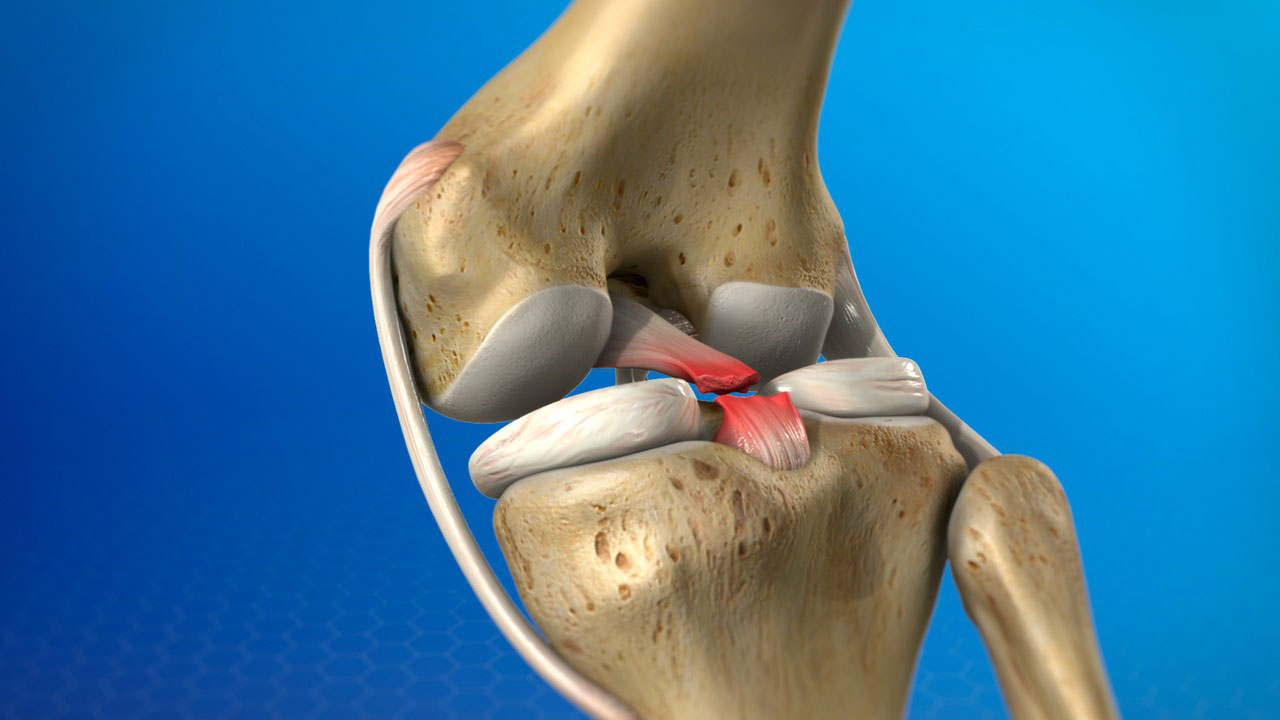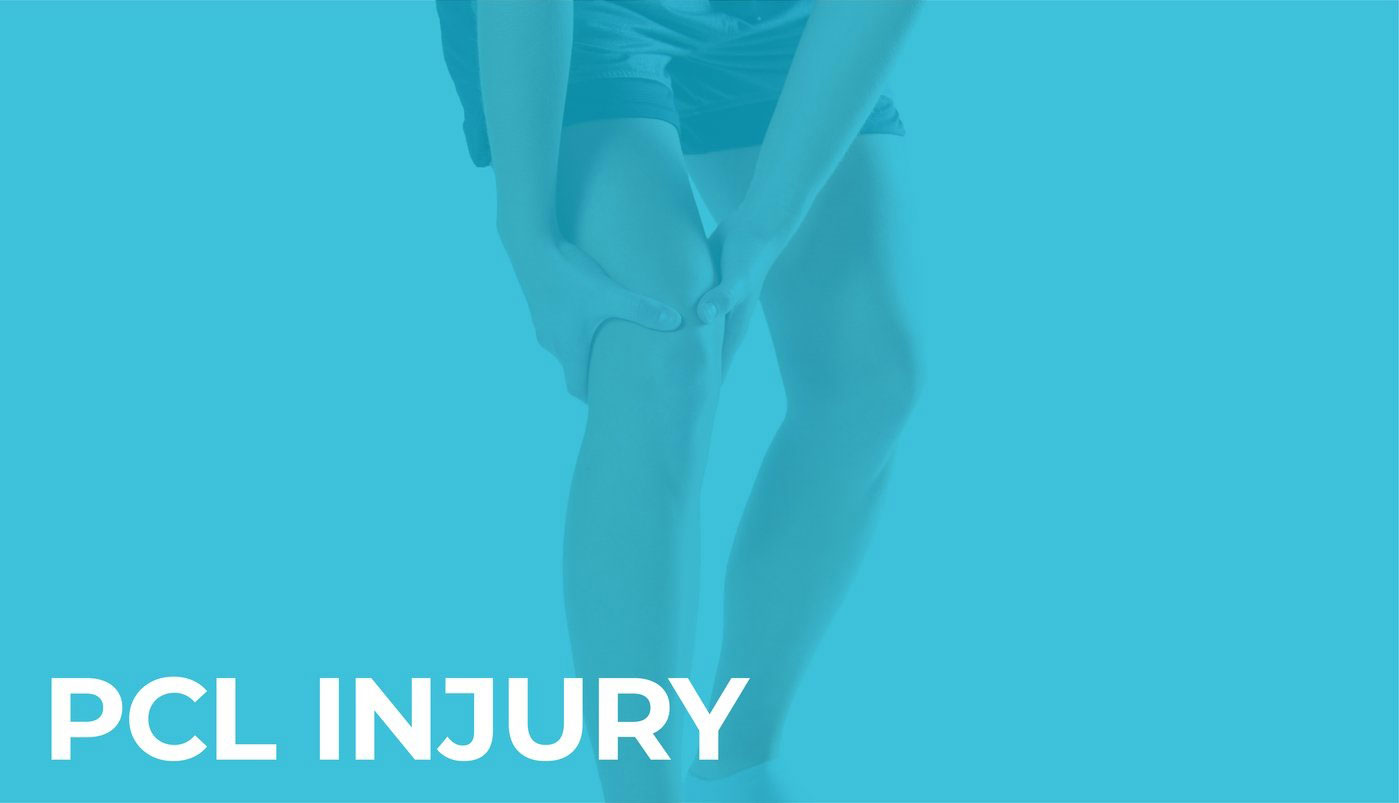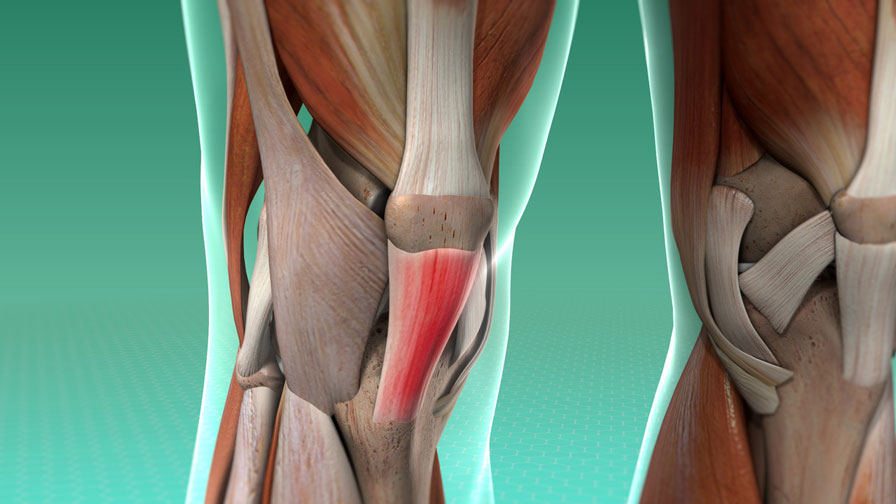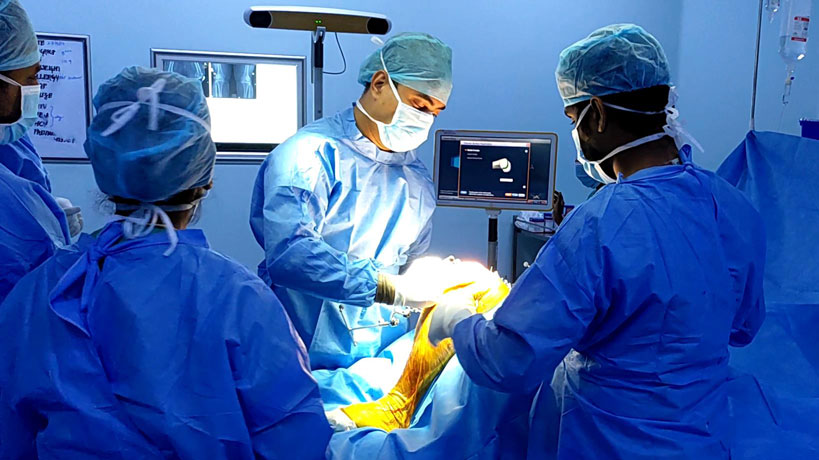WHAT IS POSTERIOR CRUCIATE LIGAMENT INJURY?
Posterior cruciate ligament (PCL) injury occurs far less frequently than does injury to the knee’s more susceptible counterpart, the anterior cruciate ligament (ACL). The posterior cruciate ligament and ACL join your femur (thighbone) to your tibia (shinbone). If either ligament is torn, it may cause pain, inflammation, and a feeling of instability.
The ligaments are strong bands of tissue that connect one bone with another. The cruciate ligaments secure the thighbone (femur) to the shinbone (tibia). The anterior and posterior cruciate ligaments form an “X” at the center of the knee.
However, a posterior cruciate ligament injury usually causes less pain, disability, and knee instability than does an ACL tear, it could still side-line you for several weeks or months.

SYMPTOMS
Signs and symptoms of a PCL injury could include:
- Pain – Mild to moderate pain in the knee could cause a slight limp or trouble walking.
- Swelling – Knee swelling happens quickly, within hours of the injury.
- Instability – Your knee may feel loose as if it is going to give way.
If there are no related injuries with other portions of your knee, the signs and symptoms of a posterior cruciate ligament injury could be so mild that you may not notice that anything is wrong. Over time, the pain gets worse and your knee may feel more unstable. If other parts of your knee have also been injured, your signs and symptoms will likely be more serious.

CAUSES
The posterior cruciate ligament could tear if your shinbone is hit hard just below the knee or if you fall on a bent knee. These injuries are most frequent during:
- Motor vehicle accidents – A “dashboard injury” happens when the driver’s or passenger’s bent knee slams against the dashboard, pushing in the shinbone just below the knee and causing the posterior cruciate ligament to tear.
- Contact sports – Athletes in sports like football and soccer could tear their posterior cruciate ligament when they fall on a bent knee with their foot pointed down. The shinbone hits the floor first and it moves backward. Being tackled when your knee is bent also could cause this injury.

RISK FACTORS
Being in a motor vehicle accident and participating in sports like football and soccer are the most frequent risk factors for a PCL injury.
COMPLICATIONS
In many cases, other structures inside the knee — including other ligaments or cartilage — also are affected when you injure your posterior cruciate ligament. Depending upon how many of these structures are damaged, you may have some long-term knee pain and instability. You may also be at higher risk of ultimately developing arthritis in your affected knee.

DIAGNOSIS
During the physical examination, your doctor may press on your knee to feel for injury, looseness, or fluid in the joint from bleeding. He or she might move your knee, leg, or foot in different directions and request you to stand and walk. Your doctor will compare your injured leg with the healthy one to look for any sagging or uncommon movement in the knee or shinbone.
In some cases, your doctor might suggest one or more of the following imaging tests:
- X-ray – While an X-ray cannot detect ligament damage, it could reveal bone fractures. People with posterior cruciate ligament injuries sometimes have breaks in which a small chunk of bone, connected to the ligament, pulls away from the main bone (avulsion fracture).
- MRI scan – This painless procedure uses radio waves and a strong magnetic field to create computer pictures of the soft tissues of your body. An MRI scan could clearly show a posterior cruciate ligament tear and determine if other knee ligaments or cartilage also are injured.
- Arthroscopy – If it is unclear how extensive your knee injury is, your doctor may use a surgical technique known as arthroscopy to look inside your knee joint. A small video camera is inserted into your knee joint through a small incision. The doctor views pictures of the inside of the joint on a computer monitor or TV screen.

TREATMENT
Treatment depends upon the extent of your injury and whether it just happened or if you have had it for a while. In the majority of cases, surgery is not necessary.
Medications
Over-the-counter pain relievers, like ibuprofen (Advil, Motrin IB, others) or naproxen sodium (Aleve), could help ease pain and reduce inflammation.
Therapy
A physical therapist could teach you exercises that will help make your knee stronger and improve its function and stability. You might also require a knee brace or crutches during your rehabilitation.
Surgery
If your injury is severe — particularly if it is combined with other torn knee ligaments, cartilage damage, or a broken bone — you may require surgery to reconstruct the ligament. Surgery may also be considered if you have continuous episodes of knee instability despite appropriate rehabilitation.
This surgery generally could be performed arthroscopically by inserting a fiber-optic camera and long, slender surgical tools through various small incisions around the knee.
If you or anyone you know is suffering from a posterior cruciate ligament (PCL) injury, our expert providers at Zenith Injury Relief & Wellness Clinic will take care of your health and help you recover.
Call 972-210-0033 to schedule your appointment, and begin living your life pain-free.
